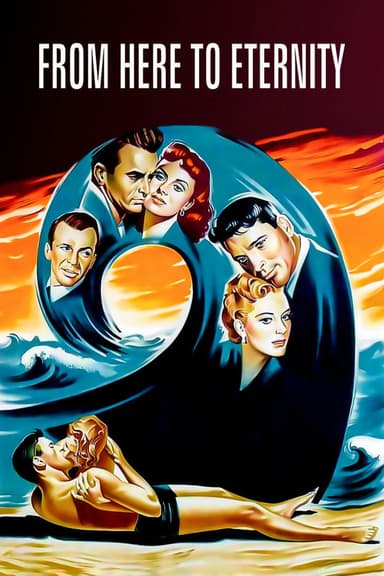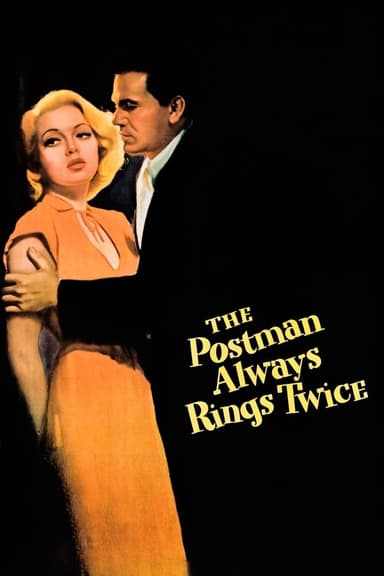
The Girl Who Had Everything
1953 • Drama, Romance • NR
Attorney's daughter falls for one of his gangster clients.
Runtime: 1h 9m
Why you should read the novel
If The Girl Who Had Everything (1953) intrigued you, go to the source: A Free Soul by Adela Rogers St. Johns. The novel delivers the original, unfiltered story of a daring young woman, her brilliant but self-destructive attorney father, and the charismatic criminal who upends their world.
On the page, character psychology runs deeper, the social critique cuts sharper, and the Jazz Age setting crackles with energy the movie can’t match. You’ll experience Stephen Ashe’s alcoholism and Jan Ashe’s conflicted desires with a candor that studio-era constraints simply could not allow.
Whether you enjoy courtroom drama, romantic suspense, or classic American fiction, A Free Soul rewards every chapter. It’s a compelling, quick read for book clubs and classic-film fans who want the full complexity behind the 1953 adaptation.
Adaptation differences
Source and setting: The 1953 film is a streamlined, contemporary remake of Adela Rogers St. Johns’s novel A Free Soul, updating the 1920s Jazz Age milieu to a glossier 1950s world. Character names are changed—Jan Ashe becomes Jean Latimer, and the gangster Ace Wilfong is reimagined as Victor Raimondi—signaling a shift toward modernized branding and tone.
Tone and content: The novel’s frank treatment of sexuality, class transgression, and alcoholism reflects late‑1920s realism, while the MGM adaptation is shaped by Production Code standards. The movie softens risqué elements and narrows moral ambiguity, turning the gangster into a more unequivocal threat and emphasizing respectability politics.
Characterization: On the page, Stephen Ashe’s alcoholism and Jan’s independence receive nuanced, often uncomfortable scrutiny, including interior doubts and social consequences. The film pivots toward a protective‑father frame and star-driven romance, trimming introspection and shading the heroine’s agency to fit 1950s expectations.
Plot emphasis and resolution: The adaptation condenses subplots, simplifies legal intricacies, and reallocates responsibility for the climactic violence compared with the book’s trajectory. Where the novel leaves room for ambivalence about justice, class, and personal freedom, the 1953 film delivers a tidier moral reckoning and a more conventional romantic closure.
The Girl Who Had Everything inspired from
A Free Soul
by Adela Rogers St. Johns










